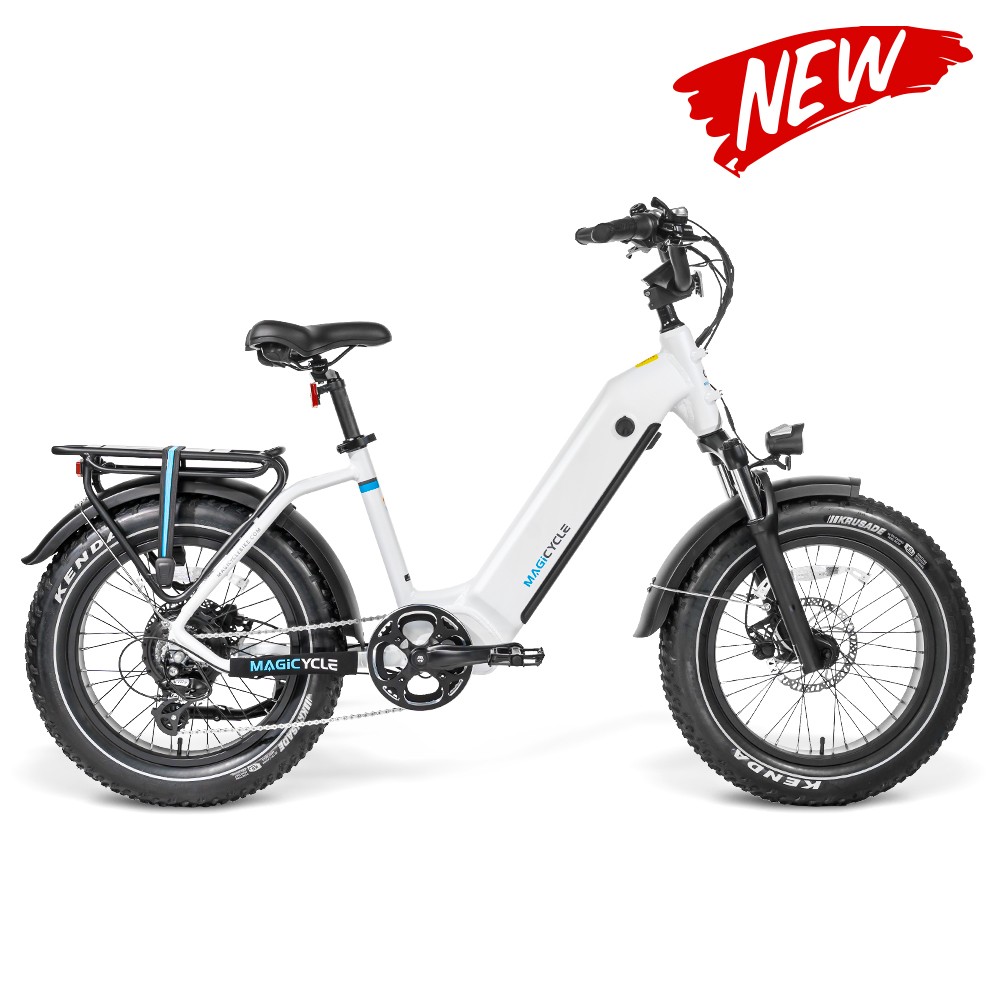What we can gauge from this picture is that most people would rather do as little work as possible to get from point A to point B. This is especially true when it comes to commuting on a bike. The picture above is analogous to the difference between a regular bike and an e-bike. To get more news about e bike, you can visit magicyclebike.com official website.
Even if we address all the concerns when it comes to biking in a city (like safe biking infrastructure), we can’t expect to change fundamental human behavior - when given the option between less work or more work to achieve the same outcome, people will more likely choose to do less work.
Since getting my e-bike, I can comfortably bike from my home in Somerville to the Seaport district in Boston - a roughly 5-mile trip - in just about 20-minutes. All of a sudden, biking 5-miles is a piece of cake. I also don’t have to spend time sitting in traffic, waiting for public transit, or worry about showing up to a meeting looking like I swam across the Charles river to get there.
The beauty of an e-bike is that it makes cycling an inclusive mode of transportation because it doesn’t discriminate by age or physical ability.
When it comes to purchasing an e-bike though, there are a plethora of options for both the bike and battery. So how do you decide which one is best for your needs? As a battery engineer who has built hundreds of batteries and logged way too many hours soldering battery packs, here are my thoughts on the most commonly asked questions when it comes to e-bike batteries.
1. What is the best e-bike battery?
This is one of the hardest questions to answer. There are so many variables that go into what makes a good battery and what's best for you, may not be the best for me. Even then, a good battery can perform poorly if it’s not cared for properly.
Battery packs are made up of individual battery "cells". Cells are classified into cylindrical cells (like your AA and AAA) and prismatic cells (like the one in your phone). Each class of battery is manufactured in a variety of form-factors (in the battery world we use this term to mean size). The most commonly used form-factor of cells in an e-bike battery pack is the 18650.
2. What is the range of an e-bike battery?
The range of a battery pack depends on the amount of energy packed inside of it and is measured in Watt-Hours (Wh). Watt?
Let's assume that, on average, 1-mile requires about 25Wh of energy. So a 14Ah, 36V battery should get you about 25-miles per charge.
Keep in mind that the weight of the rider, outside temperature conditions, and the amount of pedaling will make a significant difference in range.
A word of caution: the range that e-bike manufacturers provide should be taken with a grain of salt. That number is generated from tests that are run in perfectly tailored lab conditions. Do you charge any of your electronics in an incubation chamber set at 28° C with a lab-grade charger that applies the perfect current while charging? Yeah, I don't either. And so, We should assume that the manufacture-specified range is delivered only if the battery is charged and discharged under ideal conditions i.e. not real world conditions.
How to charge your e-bike battery to make it last longer
The thing that will kill your battery faster than anything else is leaving it charged at elevated temperatures. If it's 80 degrees outside and you have your e-bike fully charged, move it indoors where it's cooler and try to drain the battery as soon as possible.
Charge your battery at room temperature as often as possible.
When sourcing an e-bike battery charger, the slower the charge rate the better. For example, if you have a 2-Amp charger, and your battery is a 14 Ah battery pack, you are charging at 14 Ah / 2-Amps = 7-hours. This is a nice, slow charge which will certainly improve the longevity of your battery pack. Avoid charging at rates that are faster than 2-hours for a full charge.
There's a lot that goes into choosing the best battery for you e-bike, and there certainly isn't a one-size-fits-all approach. But if I were buying an e-bike battery today, here's what I'd do: LFP or NMC, slow charge, avoid storing or charging in hotter temperatures, and leave the battery at around 30% charge if you don't plan on using it for a while.